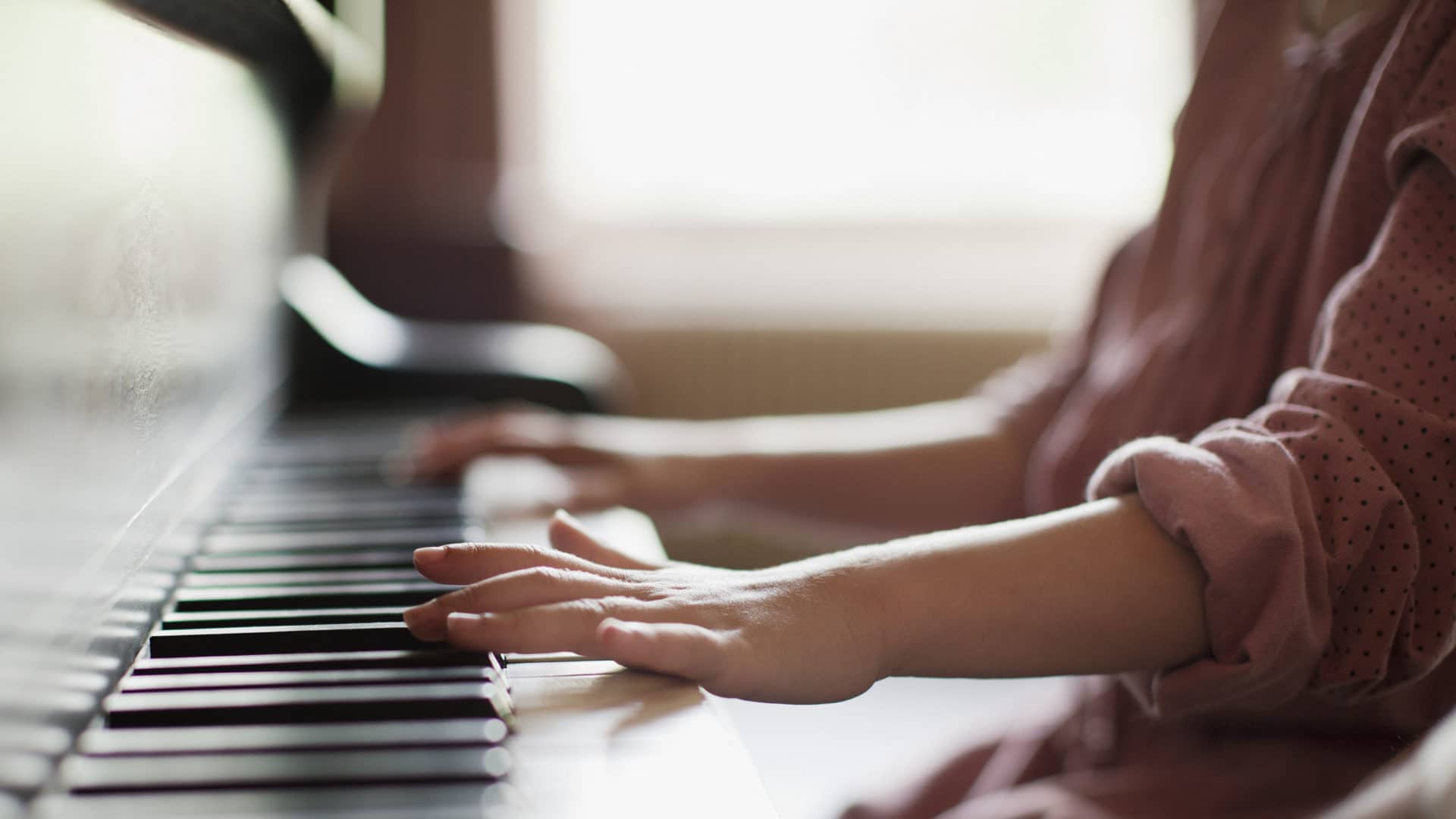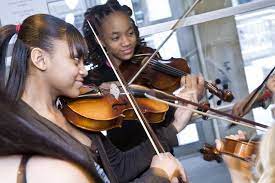The connection between music and emotions is a powerful one that has been explored for centuries. It is widely known that music can evoke strong emotions and even influence mood. This is why music therapy has become increasingly popular in recent years as a way to improve mental health and well-being. In music lessons, this connection between music and emotions is particularly important. Students learn to connect with music on a deep emotional level, which can help them to express themselves in new ways and develop a greater sense of empathy and understanding.
Music has the ability to evoke powerful emotions within us. It can make us feel happy, sad, inspired, and motivated. In music lessons, understanding the connection between music and emotions is essential to the learning process. In this article, we will explore how music can affect our emotions and how it can be used in music lessons to enhance the learning experience.

Contents
The Power of Music
Music has been used throughout history to express emotions and convey messages. It has the ability to communicate across cultures and languages, and it can bring people together in a shared experience. Music can also be a powerful tool for self-expression and emotional release.
Research has shown that music can affect our mood and emotions in several ways. For example, listening to upbeat music can increase our energy levels and make us feel more positive, while listening to slower, more relaxing music can help us to feel calm and peaceful. Additionally, music can trigger memories and associations, which can elicit strong emotional responses.
Using Music in Lessons
In music lessons, music can be used in a variety of ways to enhance the learning experience. For example, playing a piece of music that relates to a particular concept or historical period can help students to engage with the material and remember it more effectively. Additionally, incorporating music into exercises and drills can make them more enjoyable and engaging for students.
Music can also be used to help students develop their emotional awareness and expression. For example, asking students to improvise a piece of music that reflects a particular emotion can help them to understand and express their feelings. Similarly, playing a piece of music and asking students to describe the emotions it evokes can help them to develop their emotional vocabulary and awareness.
The Role of the Teacher
The teacher plays a crucial role in helping students to connect with music emotionally. Teachers can create a supportive and positive learning environment that encourages students to express themselves and explore their emotions through music. They can also help students to identify and understand the emotions conveyed in different types of music.
Additionally, teachers can use music to help students develop important life skills such as empathy, teamwork, and self-discipline. For example, playing music in a group setting can help students to learn how to work together and communicate effectively. Similarly, setting goals and practicing regularly can help students to develop self-discipline and perseverance.
Conclusion
The connection between music and emotions is a powerful one. In music lessons, understanding this connection can help students to engage with the material, develop their emotional awareness, and learn important life skills. By incorporating music into lessons and creating a supportive learning environment, teachers can help students to connect with music emotionally and reap the benefits of this powerful art form.




[…] music. In exploring the biggest fandom in the world, we uncover the profound connection between music and emotions, a bond often nurtured in music lessons. Their social media prowess breaks records, their […]